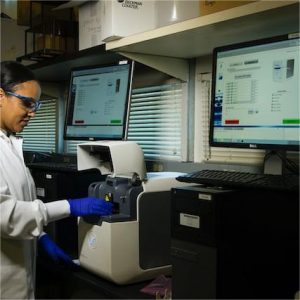Featured Products
Explore Products- Human Orbital Fibroblasts
- Human Microglia
- Human Pulmonary Alveolar Epithelial Cells
- Human Colonic Fibroblasts
- Human Type II Alveolar Epithelial Cells
- Human Valvular Interstitial Cells
- Human Thyroid Epithelial Cells
- C57BL/6 Mouse Dermal Fibroblasts
- Human Alveolar Macrophages
- Human Dermal Fibroblasts, Adult
- Human Lung Fibroblasts, Adult
- Human Retinal Muller Cells
- Human Articular Chondrocytes
- Human Retinal Pigment Epithelial Cells
- Human Pancreatic Islets of Langerhans Cells
- Human Kidney Podocyte Cells
- Human Renal Proximal Tubule Cells




 Human neonatal epidermal keratinocytes are obtained from the skin of a normal male. These cells are pivotal components of the skin’s epidermal layer, which serves as a crucial defense barrier against external threats. Predominantly situated in the stratified squamous epithelia, these keratinocytes orchestrate intricate processes of proliferation, differentiation, and programmed cell death to maintain skin homeostasis. Beyond their protective role, these cells also exhibit diverse functions by expressing adhesion molecules and cytokines, contributing to immune responses and intercellular communication.
Human neonatal epidermal keratinocytes are obtained from the skin of a normal male. These cells are pivotal components of the skin’s epidermal layer, which serves as a crucial defense barrier against external threats. Predominantly situated in the stratified squamous epithelia, these keratinocytes orchestrate intricate processes of proliferation, differentiation, and programmed cell death to maintain skin homeostasis. Beyond their protective role, these cells also exhibit diverse functions by expressing adhesion molecules and cytokines, contributing to immune responses and intercellular communication.